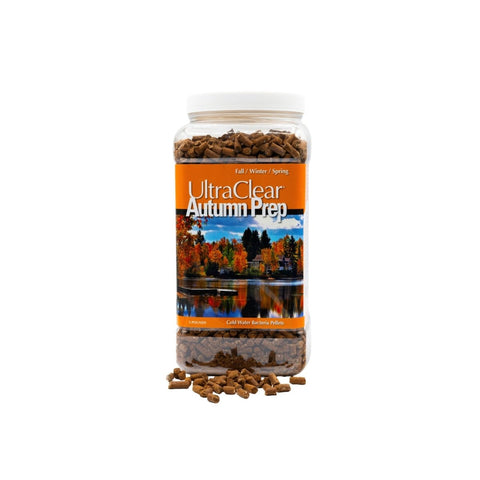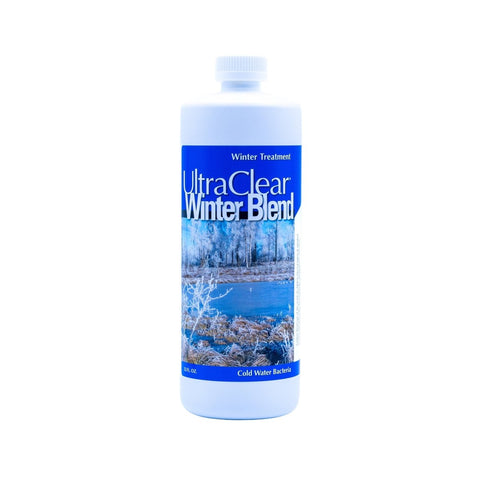Pond & Lake
2 of 19 products

Regular priceOn Sale from $25.49
UltraClear Autumn Prep - Natural Cold Water Clarifier & Sludge Reducer
Maintain clean, healthy, balanced water and health fish during the colder months
Up to -15%

Regular priceOn Sale from $25.49
UltraClear Winter Blend - Cold Water Liquid Clarifier & Sludge Reducer
Reduces buildup of sludge and muck during the cold weather season.
Up to -15%
Filter and sort
